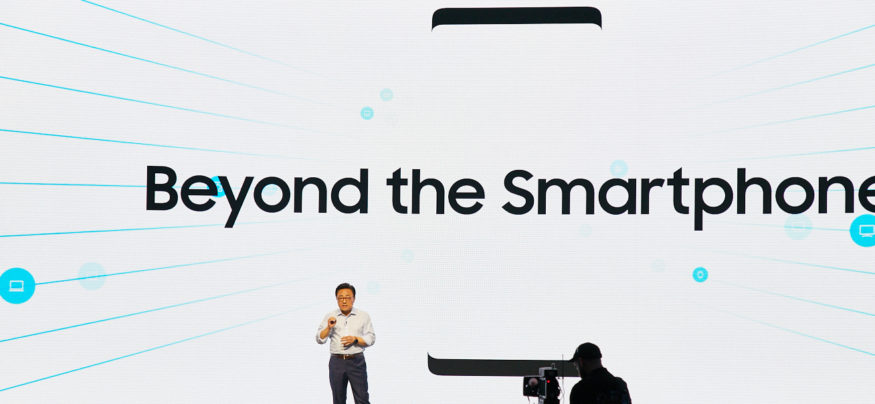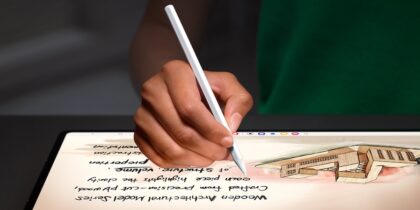Today many people experience life while deeply immersed in their smartphones — but it’s important for enterprises and application designers to prepare for what’s coming next regarding the user interface (UI).
A shift is already underway from consumers interacting with handheld screens, to many mobile experiences leaving the device, says Jared Ficklin, co-founder and chief creative technologist at argodesign. Ficklin predicts these experiences will move instead to other glass interfaces such as smart displays — and many will no longer engage our eyes at all but other senses, moving far beyond today’s basic wearables.
At last week’s Samsung Developer Conference in San Francisco, Ficklin explored questions that today’s businesses and designers should be starting to ask themselves. How can we help consumers and business users see things normally not seen? In short, how can we offer experiences without user interfaces? Ficklin discussed the next expected pattern of computing, and how this shift will impact products and designs that cater to consumers’ increasingly digital lifestyles and enterprise’s increasingly connected employees.
“What really fascinates me is this intersection between humans and technology, and where it’s going,” said Ficklin. “We’re at an era more than ever before where any aspect of life that can be augmented by computing will be.”
Designing for a Digital Consumer
When thinking about how to design products with the future vision of no UI, he explained how the digital identity of the user should help guide design strategies: “I think we’re entering an era right now where product design really is in a place where ‘form follows me,'” he said. “All the intelligence, the data, can be brought together to create highly customized experiences for each person, or the technologies themselves actually will surround you as a person.”
Can AI, IoT Solve the World's Problems?
Get insight from IBM on how emerging technology is helping tackle worldwide issues. Download Now
Forward-thinking enterprises should encourage their designers to understand the distinction between the digital self and real self, noting that the digital self is advancing into a “meta me” that is actually negotiating and making decisions on behalf of the real self. “A lot of what we do today in UI and design and even product design is done to establish context,” Ficklin explained. “So when we can establish context through the meta me, a lot of design is just going to disappear — the UI is going to go from a UI to no UI.”
Data Bringing Context
Ficklin added that context can change the user experience as well, explaining how a real estate app might morph away from the current experience of house hunters having to drive by properties themselves once the app helps map, search and filter properties.
The future “no UI” house-hunting experience might feature an autonomous vehicle arriving when the prospective home buyer pushes a button, and the car then directly driving house hunters to recommended houses. A non-UI interface — such as transparent windows — displays data about the houses themselves while the passenger is en route.
“The entire experience can change from that, and the car itself can become an app; it can become a computer and an experience,” said Ficklin.
Another area of key concern for designers is helping consumers with decision support. This might be a consumer giving permission for personal data to be used for applications such as car shopping. “This is an example of how establishing context with machine learning is going to affect the entire industry of design, and how the interfaces come back,” said Ficklin. “But it’s also going to affect the computing experience in general.”
Moving Design Into the Open
Ficklin also emphasized how these trends are creating a market for augmented reality (AR), to help create more collaborative experiences, rather than heads-down solo ones. He described a form of integrated reality where consumers’ digital and real selves can participate together in a physical space. As a result of this shift, designers must think in terms of moving UI out into the open.
In predicting where designers should focus their future efforts when creating no UI experiences, Ficklin noted that great value comes from closing small gaps: “We spent a lot of time creating very big systems, and in those systems are a whole bunch of cracks,” he said. “Some of the next 20 years from product designers is going to be finding those systems’ little gaps and closing them.”
Trends that are contributing to how consumers interact with technology include augmented reality and the Internet of Things.









